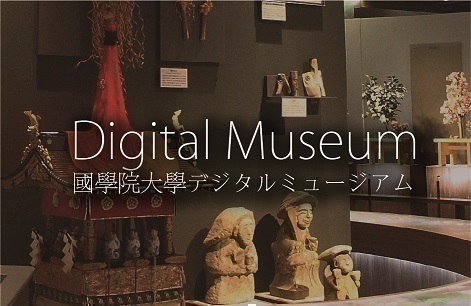- トップ
- Encyclopedia of Shinto
- Hattori Nakatsune
Encyclopedia of Shinto
| Main Menu: | |
| Links: |
詳細表示 (Complete Article)
| カテゴリー1: | 8. Schools, Groups, and Personalities |
|---|---|
| カテゴリー2: | Personalities |
| Title | Hattori Nakatsune |
| Text | (1757-1824) Scholar of National Learning (kokugaku) of the late Edo period. Born to a family who were members of the police force (yoriki) in the town of Matsusaka in Ise (present-day Mie Prefecture). His common name was Ginai, and he went by the epistolary name Suigetsu. In 1785, at the age of nineteen, Hattori became a student of Motoori Norinaga at the great scholar's Suzunoya Academy. Interest in astronomy and calendrical calculation was heightened around the time a new revised calendar was to be issued in the Kansei era (1789-1801), and in response, Norinaga presented diagrammatic representations of the lineage of the kami found in the Nihon shoki and Kojiki together with the movements of celestial bodies in his Tenchizu (Map of Heaven and Earth). Hattori followed suit, authoring Tenchi shohatsukō (Thoughts on the Origins of the Universe) and Tenchikō (Thoughts on Heaven and Earth), in which he theorized regarding the formation of the universe's "three realms," namely heaven (ten) earth (chi) and the underworld (yomi); he also authored the Sandaikō (Thoughts on the Three Great Realms) in the fifth month of 1791 as an augmentation of his teacher's ideas. This work, representing groundbreaking advances in nativist concepts of cosmology (uchūkan), was included together with an epilogue by Motoori, as an appendix to the latter's seventeenth volume of Kojikiden when it was published in 1797. Upon Norinaga's death in 1802, Hattori wrote Sandai tsuikōjo (Preliminary Thoughts on a Reappraisal of the Sandaikō). Hashimura Masatoki followed with a work entitled Sandaikō setsuben (Explanation and Rhetoric of the Sandaikō), which sparked a debate on the Sandaikō itself, drawing further commentary from figures such as Yamagata Bantō and also having a great influence on Hirata Atsutane's Tama no mihashira (True Pillar of the Spirits). Hattori later took the tonsure and adopted the Buddhist name Minowa Suigetsu, retiring to seclusion in Kyoto's Muromachi district. In his Shichidaikō (Seven Great Origins) of 1823 he expanded his perspective on cosmological origins from five earthly realms to include two additional realms of wood and earth. He died the following year at the age of sixty-eight. - Nakanishi Masayuki |




